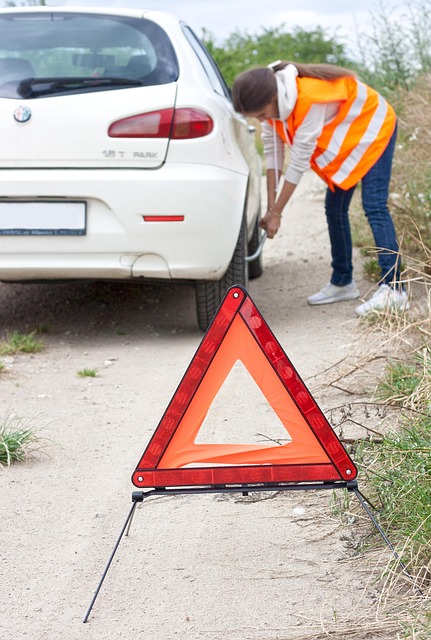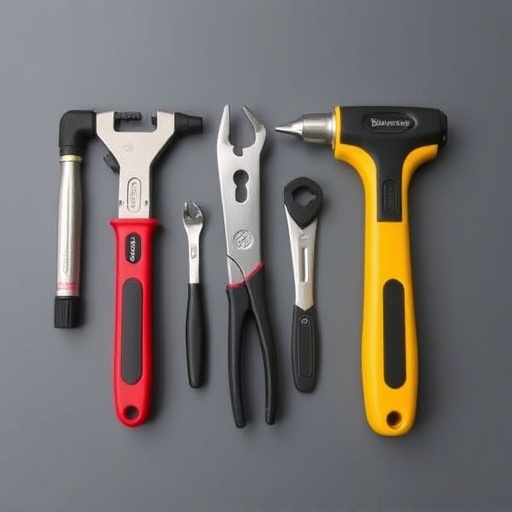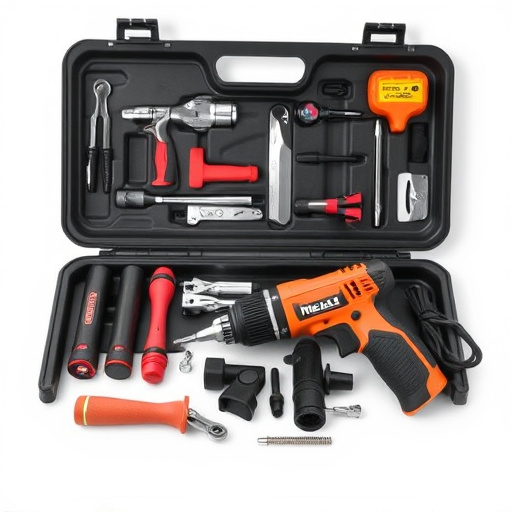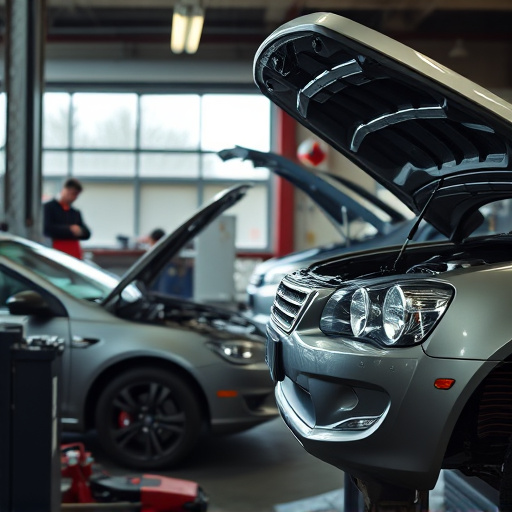Understanding collision repair estimates is crucial for vehicle restoration post-accident, requiring transparent reports detailing structural repairs, paintwork, and timelines. Negotiate estimates by comparing multiple shops' costs for your car make and model, asking detailed questions about labor and materials. Walk away from shops offering significantly higher estimates than local averages or those with vague quotes and hidden fees, prioritizing transparent pricing and clear explanations of the repair process.
Are you in the driver’s seat after a fender bender, but overwhelmed by seemingly confusing collision repair estimates? This guide equips you with the knowledge to navigate these estimates like a pro. From deciphering hidden costs to mastering negotiation tactics, you’ll learn what to look for and how to get the best value for your repair. Maximize your savings and drive away with peace of mind.
- Understanding Collision Repair Estimates: What to Look For
- Strategies for Effective Negotiation: Tips and Tricks
- Maximizing Savings: When and How to Walk Away
Understanding Collision Repair Estimates: What to Look For

When you’re dealing with a vehicle that’s seen a collision, understanding the estimates for its repair is crucial. Collision repair estimates are detailed reports outlining the cost of restoring your vehicle to its pre-accident condition. They should encompass all aspects of the work required, from structural repairs to paintwork and mechanical systems.
Scrutinize these estimates closely. Look for transparency in pricing, clear descriptions of each repair, and itemized lists of parts and labor costs. Verify that the estimated timeframe aligns with industry standards. Be wary of estimates that seem unusually high or low, as they might mask subpar work or unnecessary services. Pay close attention to details about auto painting and vehicle paint repair, ensuring they match your vehicle’s original finish and color specifications.
Strategies for Effective Negotiation: Tips and Tricks

When negotiating collision repair estimates, it’s crucial to approach the conversation with a strategic mindset. Firstly, gather information from multiple automotive repair shops offering similar car bodywork services. This gives you a baseline understanding of average costs for your specific make and model. Knowing the range of prices helps you determine if an estimate presented to you is competitive.
During negotiations, be prepared with questions about the scope of work involved in the car body repair process. Ask for itemized estimates breaking down labor and material costs. This transparency allows you to identify any potential discrepancies or unnecessary charges. Additionally, consider your leverage – whether it’s a significant deductible or insurance company requirements dictating certain repairs. Use these factors to your advantage when discussing prices, focusing on achieving the best value for your money while ensuring quality automotive repair services are provided.
Maximizing Savings: When and How to Walk Away
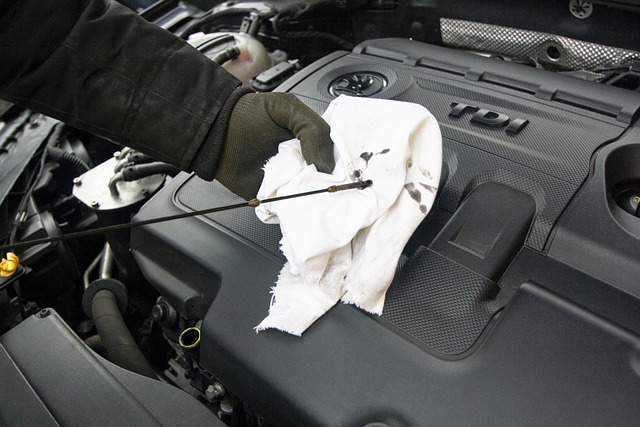
When negotiating collision repair estimates, knowing when to walk away can maximize your savings. It’s crucial to thoroughly research the average costs for specific repairs in your area, especially for more intricate tasks like dent removal or tire services. If the car body shop’s initial estimate significantly exceeds these averages, don’t be afraid to part ways. Remember, a professional body shop should provide transparent pricing without any hidden fees.
Walking away can also be strategic if the shop cannot clearly explain their repair process or provides vague quotes. Effective communication is key; ensure you understand every line item on the estimate before making a decision. If you suspect they’re trying to upsell unnecessary services, it’s perfectly acceptable to decline and find another provider who offers more transparency and competitive pricing for your collision repair needs.
Negotiating collision repair estimates can seem daunting, but with the right strategies, you can save significant money. By understanding the components of an estimate, familiarizing yourself with common pricing tactics, and knowing when to walk away, you’re well-equipped to successfully navigate the negotiation process. Remember, being informed and prepared is key to securing the best possible outcome for your vehicle’s repair.




